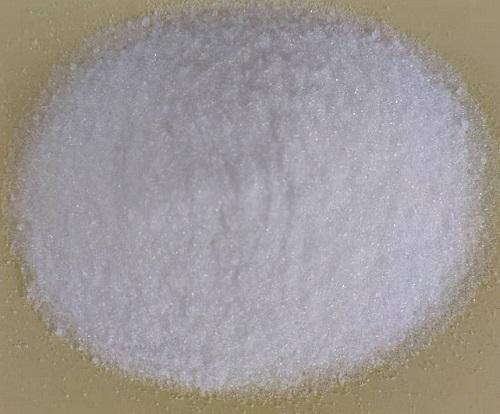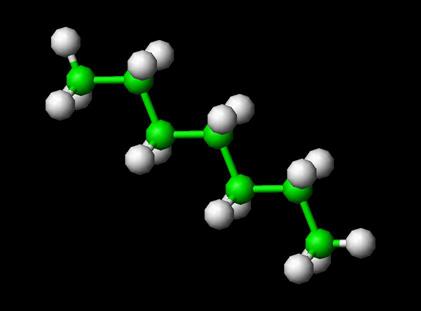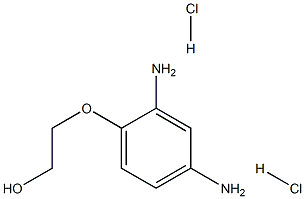Preparation and Uses of Xanthan gum
Jan 7,2022
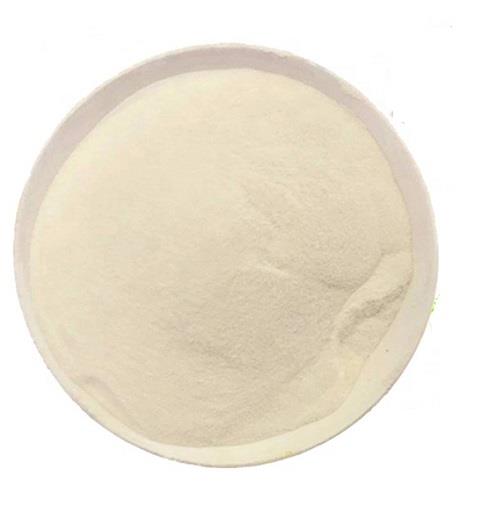
History
Xanthan gum was discovered by Allene Rosalind Jeanes and her research team at the United States Department of Agriculture, and brought into commercial production by CP Kelco under the trade name Kelzan in the early 1960s.It was approved for use in foods in 1968 and is accepted as a safe food additive in the USA, Canada, European countries, and many other countries.
Xanthan gum derives its name from the species of bacteria used during the fermentation process, Xanthomonas campestris.This is the same bacterium responsible for causing black rot to form on broccoli, cauliflower, and other leafy vegetables.
Preparation
Xanthan gum is produced by the fermentation of glucose and sucrose.The polysaccharide is prepared by the bacteria being inoculated into a sterile aqueous solution of carbohydrate(s), a source of nitrogen, dipotassium phosphate, and some trace elements.The medium is well-aerated and stirred, and the xanthan polymer is produced extracellularly into the medium. After one to four days, the polymer is precipitated from the medium by the addition of isopropyl alcohol, and the precipitate is dried and milled to give a powder that is readily soluble in water or brine.
It is composed of pentasaccharide repeat units, comprising glucose, mannose, and glucuronic acid in the molar ratio 2:2:1.
A strain of X. campestris has been developed that will grow on lactose - which allows it to be used to process whey, a waste product of cheese production. This can produce 30 g/L of xanthan gum for every 40 g/L of whey powder. Whey-derived xanthan gum is commonly used in many commercial products, such as shampoos and salad dressings.
Uses
Xanthan gum is used as a thickener or stabilizer in a wide variety of foods found on grocery store shelves. Many canned or prepared products contain xanthan gum: salad dressings, sauces, soups, and baked goods — particularly those that are gluten-free because xanthan gum can perform some of the same functions as gluten.
Xanthan gum is one of the most useful food additives around; it is effective in a wide range of viscosities, temperatures, and pH levels. It is easy to use, has no taste, and generally works quite well. And it can thicken liquids at extremely low concentrations – as little as 0.1% by weight can yield a thick liquid, and 0.5% by weight can make a thick paste (this is why it is best to weigh out xanthan gum with a digital scale rather than use volumetric measurements). Traditional thickeners like flour typically require far larger amounts to do a similar job. The quantity matters because the more thickener you have as a fraction of the total mixture the more likely it is to impose an undesirable texture and inhibit flavor.
- Related articles
- Related Qustion
- The difference between Xanthan Gum and Guar Gum Mar 4, 2024
When it comes to gluten-free baking, you may come across the question of whether to use Xanthan Gum or Guar Gum.
- Health benefits and Safety of Xanthan gum Jul 25, 2022
Xanthan gum is a polysaccharide with many industrial uses, including as a common food additive. It is an effective thickening agent, emulsifier and stabilizer which prevents ingredients from separating.
- Xanthan Gum - Application in Food Industry Mar 10, 2022
Xanthan gum is produced by a biotechnological process involving fermentation of glucose or sucrose by the Xanthomonas campestris bacterium. Xanthan is a long chain polysaccharide composed of the sugars glucose, mannose, and glucuronic acid.
Bronopol is used as a preservative in various cosmetic, pharmaceutical, toiletry and household preparations at concentrations of up to 0.1% (wt/vol) particularly because of its high activity against Gram-negative bacteria, especially Pseudo....
Jan 7,2022Chemical ReagentsHeptane is used to manufacture various types of ink including printer ink, and stamp pad ink. Heptane is also used to produce cements, compounders, and hospital anesthetics.....
Jan 7,2022Organic SolventsXanthan gum
11138-66-2You may like
- Potassium carbonate: a food additive
Apr 15, 2024
- Can Ammonium bicarbonate be used as a food additive?
Apr 9, 2024
- How to Melt Coconut Oil at Home?
Mar 21, 2024
- Xanthan gum
-
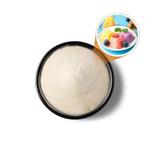
- $3000.00 / 1T
- 2024-04-24
- CAS:11138-66-2
- Min. Order: 1T
- Purity: 98%
- Supply Ability: 20T
- Xanthan gum
-
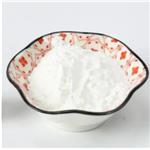
- $136.00 / 25kg
- 2024-04-24
- CAS:11138-66-2
- Min. Order: 25kg
- Purity: 99.99%
- Supply Ability: 100Tons
- Xanthan gum
-
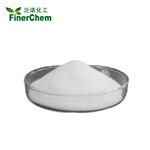
- $1.00 / 25kg
- 2024-04-24
- CAS:11138-66-2
- Min. Order: 1kg
- Purity: 99%
- Supply Ability: 1000mt/year




